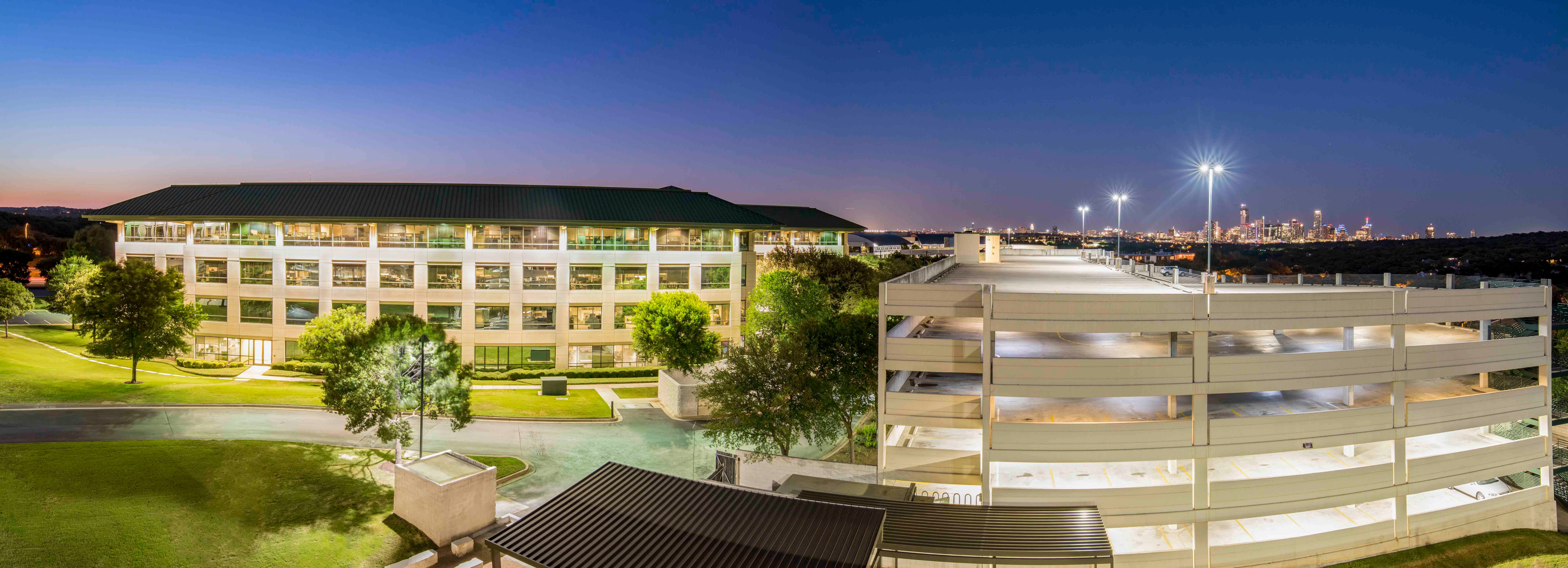 T. Reed Hudson says cap rates have remained fairly flat this year, at or near historically low levels.
T. Reed Hudson says cap rates have remained fairly flat this year, at or near historically low levels.
DALLAS—Today's department stores account for roughly 1% of all retail sales, according to a Customer Growth Partners consultancy/New York Times report of late last year. In contrast, malls topped occupancy lists back in the 1980s, holding a 10% share of all US retail sales.
Ironically, that is the share that e-commerce currently holds, according to a recent report by Weitzman. Given these e-commerce impacts on the mall sector, Texas net-lease product continues to show impressive demand, says T. Reed Hudson, associate director of Stan Johnson Company, in this exclusive.
GlobeSt.com: How have the sustained interest rate cuts of 2019 impacted investment demand within the retail net-lease market in Texas?
Hudson: Of course, interest rate cuts haven't hurt investment demand, but I think it has had more of an impact on how investors are now looking to acquire net lease deals. I've seen numerous situations where an investor would previously have only considered acquiring a deal all-cash, but now due to interest rate cuts, they are looking to leverage the investment with attractive financing.
GlobeSt.com: What kind of cap rate movement have you seen on these properties over the course of the year?
Hudson: I think we have seen some small compression of cap rates for very well-located, strong credit tenant investments–I'm talking 10 basis points maybe. In general, I believe cap rates have remained fairly flat this year, at or near their historically low levels.
GlobeSt.com: How did the overall deal volume of 2019 in the Texas net-lease retail space compare to that of 2018, and to what do you attribute the difference?
Hudson: The single-tenant net lease retail sector reported $1.49 billion in sales during 2018 across the state of Texas. In just three quarters of 2019, the Texas market matched that level of transaction volume. In fact, the state's strongest quarter of activity in history was reported during Q2 2019, with $745 million in single-tenant net-lease retail sales reported. There are various contributors, but we've seen strong demand from net lease REITs for big-box retail assets in Texas this year, and exchange buyers are incredibly active in the market.
GlobeSt.com: What types of buyers are pushing the most for net-leased retail assets, and how has the composition of the Texas buyer pool for these assets changed in recent years?
Hudson: High net worth/private individuals, many of whom are in 1031 exchanges, remain the most likely buyers of net-lease retail across Texas. We still see a tremendous amount of capital coming from out of state on both coasts of the US. However, we are seeing more and more Texas-based buyers competing for net-lease assets than in years past. A large portion of them being 1031 investors who are taking advantage of the demand for Texas assets by selling their properties at premium pricing and exchanging into another investment in Texas, due to their familiarity and confidence in the market here.
GlobeSt.com: The impacts of e-commerce on big-box and mall retail have been profound. To what extent have you seen investors shy away from properties net leased to retailers that are vulnerable to online shopping?
Hudson: I would say to a large extent, especially over the past 12 to 24 months. However, it seems that while investors are aware that the dynamics of retail shopping has changed, they are also realizing that brick and mortar retail is not going away, and there is still going to be a need and demand for it in the future.
GlobeSt.com: How have consolidations and mergers within key net-lease categories (banks, pharmacies, etc.) impacted investor demand for these assets in Texas?
Hudson: It doesn't feel like Texas has been quite as impacted as other geographic regions of the country in relation to bank and drugstore consolidations. We are still seeing strong demand for credit banks and pharmacies in the Lone Star State.
© Touchpoint Markets, All Rights Reserved. Request academic re-use from www.copyright.com. All other uses, submit a request to [email protected]. For more inforrmation visit Asset & Logo Licensing.







